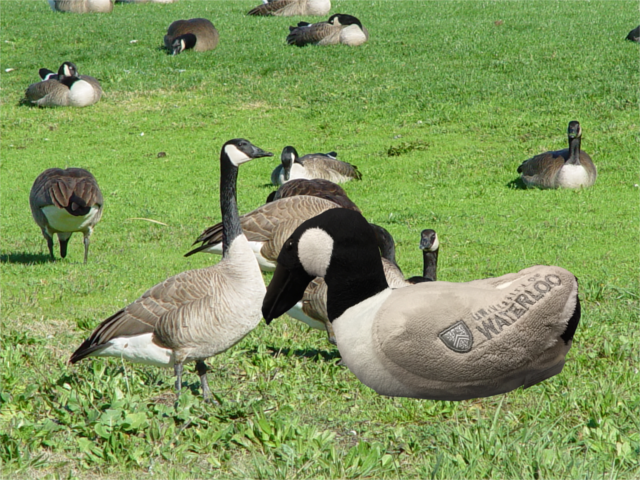TLE '17 Contest 7 P5 - Willson and Mating
View as PDF
Willson the Canada Goose is like any other Canada Goose - he chooses a mate and sticks with her for life.
Willson and his extended family land in a large grass field after migrating back from California. There are male geese and
female geese. The
male goose is located at
and the
female goose is located at
.
As a wildlife observer, you know that mating geese pairs will try to stay as close together as possible. You wonder to yourself what the mating pairs are. You do this by partitioning the geese into pairs consisting of one male goose and one female goose. Additionally, the total distance between the geese of each pair should be minimal. Can you produce such a partition?
Constraints
, all coordinates
satisfy
.
| Subtask | Points | |
|---|---|---|
| 1 | 10 | |
| 2 | 20 | |
| 3 | 70 | No additional constraints. |
Input Specification
The first line of input will contain , the number of male geese and female geese.
lines of input follow. The
line will contain integers
and
, the position of the
male goose.
more lines of input follow. The
line will contain integers
and
, the position of the
female goose.
Output Specification
Output lines, your partition of geese. Each line should contain two integers,
and
, signifying that the
male goose is paired with the
female goose. You may output in any order and output any solution with minimal total distance. Your answer will be judged as correct if your total distance has an absolute or relative error of no more than
.
Sample Input
2
0 0
1 0
1 1
0 1Sample Output
1 2
2 1Explanation for Sample Output
The distance between geese in each pair is , so the total distance is
. The other possible pairing gives a total distance of
.
Comments